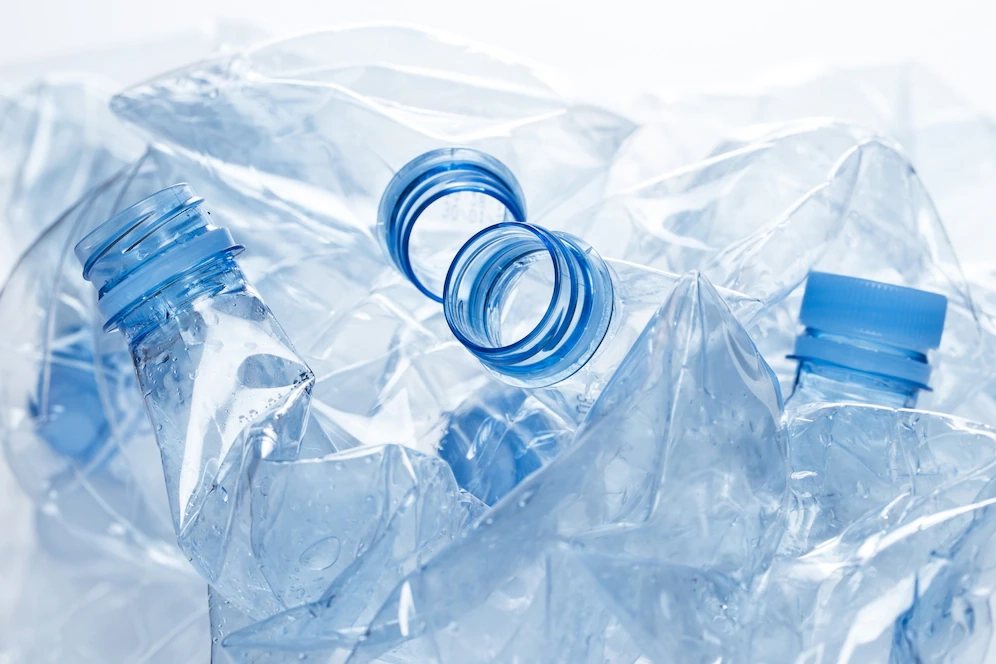
The Incinerators Guide To Plastics
A Quick Guide to Recycling Plastic
Efforts to recycle waste have long since dominated the discussion on trash disposal. Recycling plastics is a complex process but it’s far more efficient for the planet than leaving them to degrade on a landfill. Plastic recycling pertains to taking plastic waste and making something new out of it.
How Do People Recycle Plastic?
The first step to recycling is sorting waste by its type and categories. Different material is recycled in different ways and taken to different plants, and manually sorting it is the most effective to put things in their proper place. After the waste is sorted, it must be cleaned to remove any contaminants. After this process, the waste is shredded or melted so it can be made into new products.
Categories
Not all plastics are created equally. There are seven main types of plastics, all with their own RICs, or Resin Identification Codes. These codes are found on every product with a number from one to seven and surrounded by a triangle.
There are seven different types of plastic: polyethylene terephthalates include drink bottles and medicine jars, high density polyethylene makes up milk cartons and shampoo bottles, polyvinyl chloride is found in plumbing pipes and shoes, low density polyethylene is used in plastic bags and multi-can packs, polypropylene is found in car parts and Tupperware, and polystyrene is used in packaging foam and coffee cups. Finally, there is the broad “other” category, which includes polycarbonate, acrylic, and nylon, which DVDs, lightening fixtures, and glasses are made up of.
Can You Recycle All Plastic?
The short answer is no. Many mistakenly believe that all plastic goes to a single location and is recycled in the same way, but this is incorrect because each type of different plastic uses a different type of resins. These resins must be taken to different facilities and melted down in different ways, meaning not all plastics can be mixed together to be recycled.
Non-Recyclable Products
Plastics which use different types of resins are extremely difficult to recycle. Water bottles and their lids, for example, are made up of different types of plastic and are so not recycled. To be recyclable, the plastics must be molded into a new product easily. Polypropylene, polystyrene, and that “other” category all contain plastics which are usually mixed with other plastics and so cannot be recycled.
Where Do Non-Recyclable Plastics Go?
Plastics which cannot be recycled are used in a process known as “waste to energy.” In this process, plastics are mixed with other materials before being processed into an incinerator which creates heat, electricity, and hot water. The plastic “fuel” in this process is called “feedstock” and the best feedstock is a combination of high calorific waste, such as RDF
